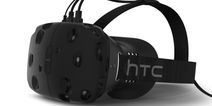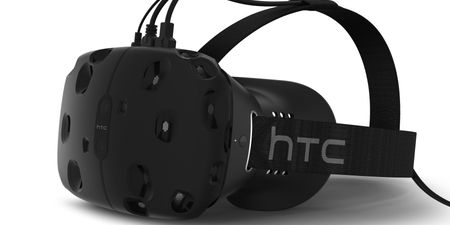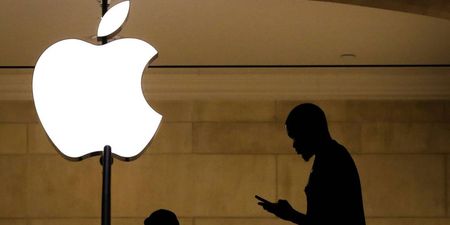If you just picked up a fancy new 3DTV you might want to look away now beacause recent developments in the field of holographics might be making that television obsolete a good bit sooner than you might have been led to believe.
If science fiction movies have taught us anything over the last 30 years, it’s that speed of light travel is simple and that the future of visual displays will be in three dimensions. From the moment the image of a 3D Carrie Fisher sprang from R2-D2 in Star Wars, tech geeks have become obsessed with replicating the technology for real and now, after a long 30 year wait, the fruits of that labour is beginning to make itself known.
First up is the Light Touch Holographic Projector from Light Blue Optics which we admit isn’t the most exciting use of the technology and falls far short of a three dimensional Princess Leia, but nonetheless is an important step along the road to holographic future.
The Light Touch works by projecting a touchable 10-inch screen onto any surface. While the device is projecting the image, it is also bathing the same area with infrared light, which allows the device to detect objects in that space and makes the projected area a fully-featured touch surface.
A range of applications have been touted for the device, including interactive menus at restaurants to browsable catalogues in shops. Boring but functional you might be thinking but imagine when they get the technology down to a wearable size and make it capable of communicating with other systems, giving you personal interactive projection wherever you are like. Now imagine that tech in a hospital for patient management or at home where your house is connected to the network and everything can be controlled by your own personal Heads-Up Display (HUD).
The requirement of a surface to project onto is the real barrier to some more interesting applications but Light Touch is certainly heading in the right direction and could well be augmented with what some other tech-heads are dreaming up.
Another impressive technology is the HoloCube which projects full moving three dimensional video onto a person-sized transparent screen. When switched off, the HoloCube looks something like a phone box but turn this thing on and 3D, full high definition video springs to life to startling effect. Unfortunately the HoloCube still requires something to project the image onto but the visual fidelity is stunning, with very solid looking objects spinning and moving about.
Disappointingly, the HoloCube is being touted as an advertising device, which seems a rather cynical and unimaginative use of its detailed holographic images and a price for the units are only disclosed to interested buyers. We’re betting that it might cost a bob or two.
Finally, a story like this would not be complete without the inevitable Kinect hack. This time, the Star Wars holograms are the literal inspiration for some promising experiments.
Students at the MIT Media Lab have long been involved in the development of holograms, since the late Stephen Benton developed many of the breakthroughs in holographics, including their world-renowned projector array. One of the goals at the Media Lab has always been the development of three dimensional holographic video which until recently had been limited by input and frame rate issues. For instance, the initial tests of the array produced low resolution images that moved at just one to two frames per second and while the images produced were indeed in three dimensions, the movement was restricted to little more than a fuzzy photo slideshow.
Recently the researchers added in higher resolution cameras and a hacked Kinect unit provided the missing piece of the puzzle, with its infrared grid projection allowing the team to pull off holographic video at nearly 15 frames per second. Just to make things more fun the team also had a gullible student dress up as Leia – we still think that not using princess’ outfit from Return of the Jedi in the test was something of a missed opportunity.
The results are undeniably a bit fuzzy, but to go from almost no movement to this in such a short space of time is quite impressive. The other thing to note is that this is real-time video being projected which is a far more complex affair than the Holocube’s pre-rendered video projection. The fact that the team produced such a leap in performance using off-the-shelf software and hardware bodes particularly well as prices for such things should continue to fall, even as the overall quality goes up.
The main stumbling block is the requirement of the custom projection array which was developed after a decade of research and is unlikely to be something you will see down at your local Harvey Norman any time soon. Clearly there is a ways to go yet.
Taken on their own, these projects are interesting and vaguely exciting but when you consider what might be possible when these technologies start to converge, a slew of exciting possibilities open up, including full holographic video chat where it’s as though the person is in the room with you or a sports event where a viewer can get right onto the pitch and control where you can view the action from – you might even be able to watch the game from the perspective of your favourite player.
So there you have it; holographic projection is real and on track to becoming science-fact rather than the fanciful imagination of a certain bearded film director.
LISTEN: You Must Be Jokin’ with Conor Sketches | Tiger Woods loves Ger Loughnane and cosplaying as Charles LeClerc



















































